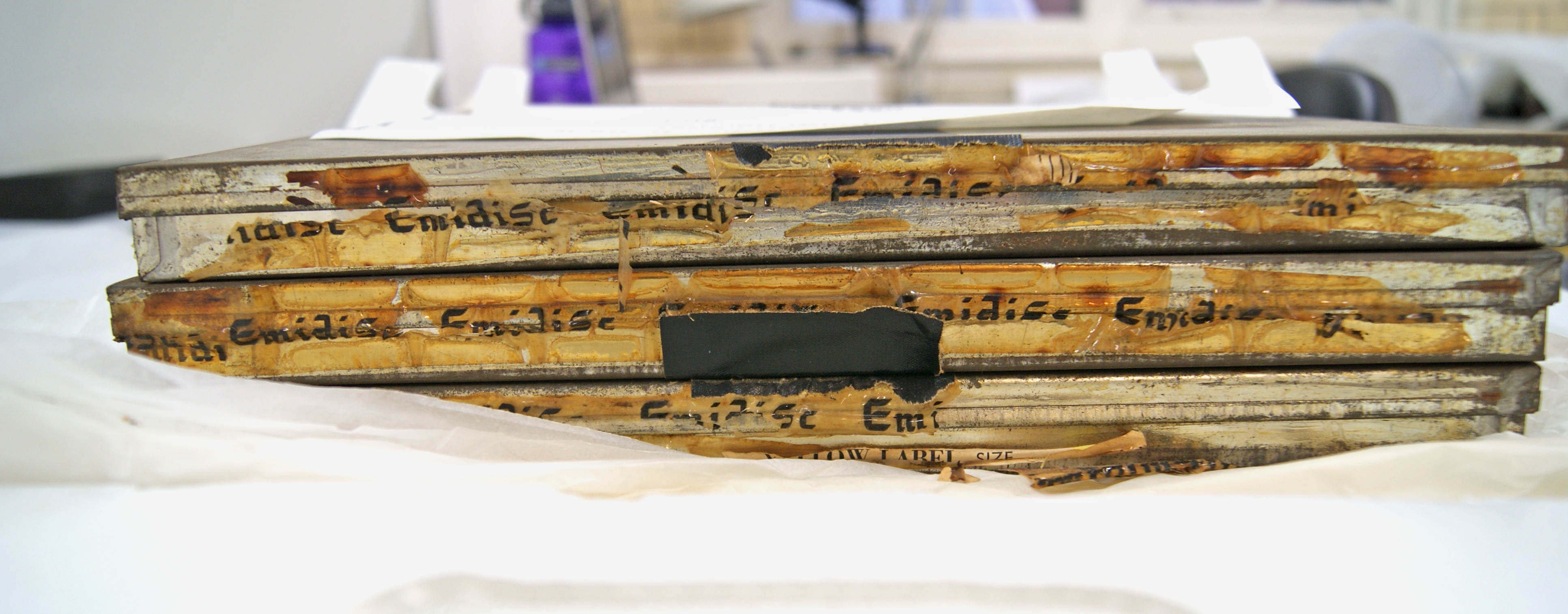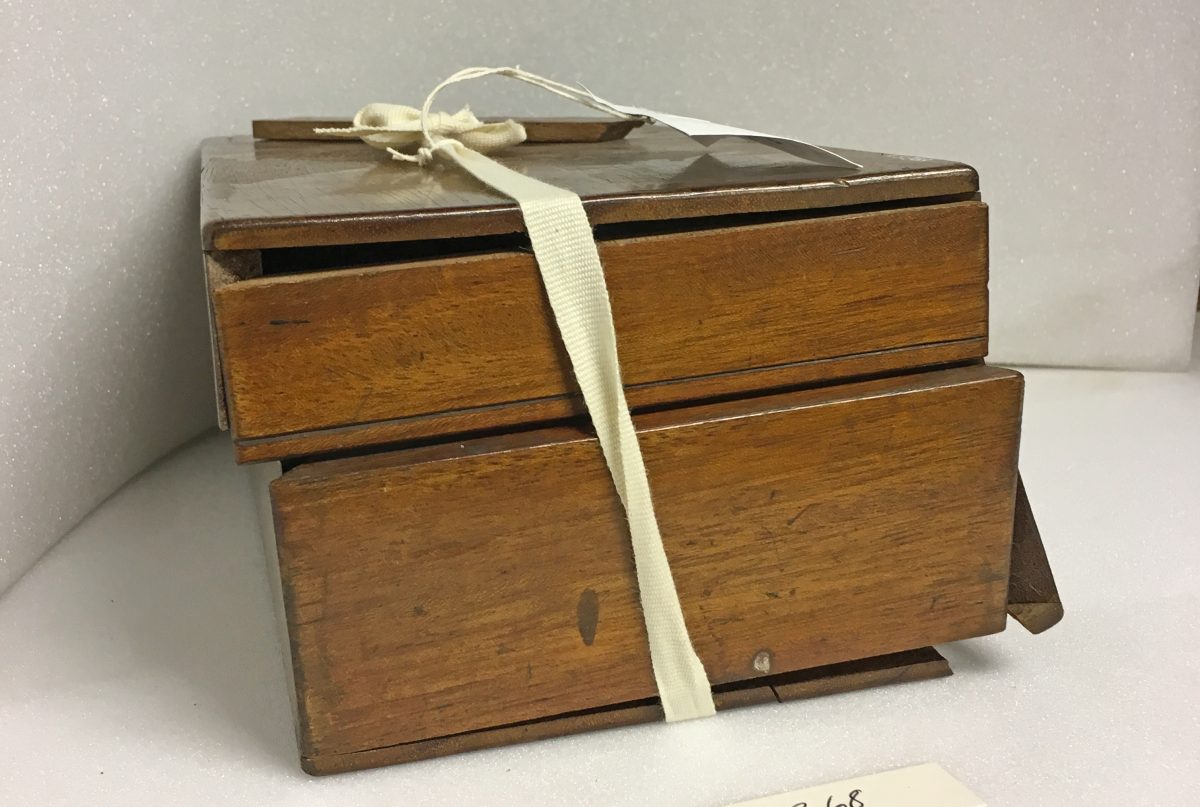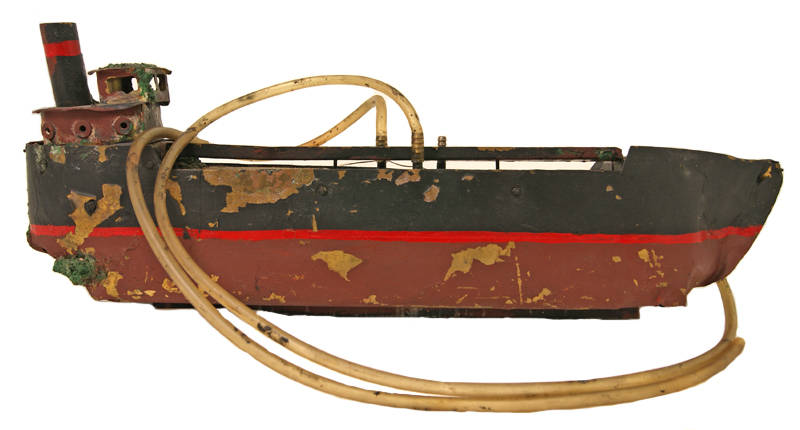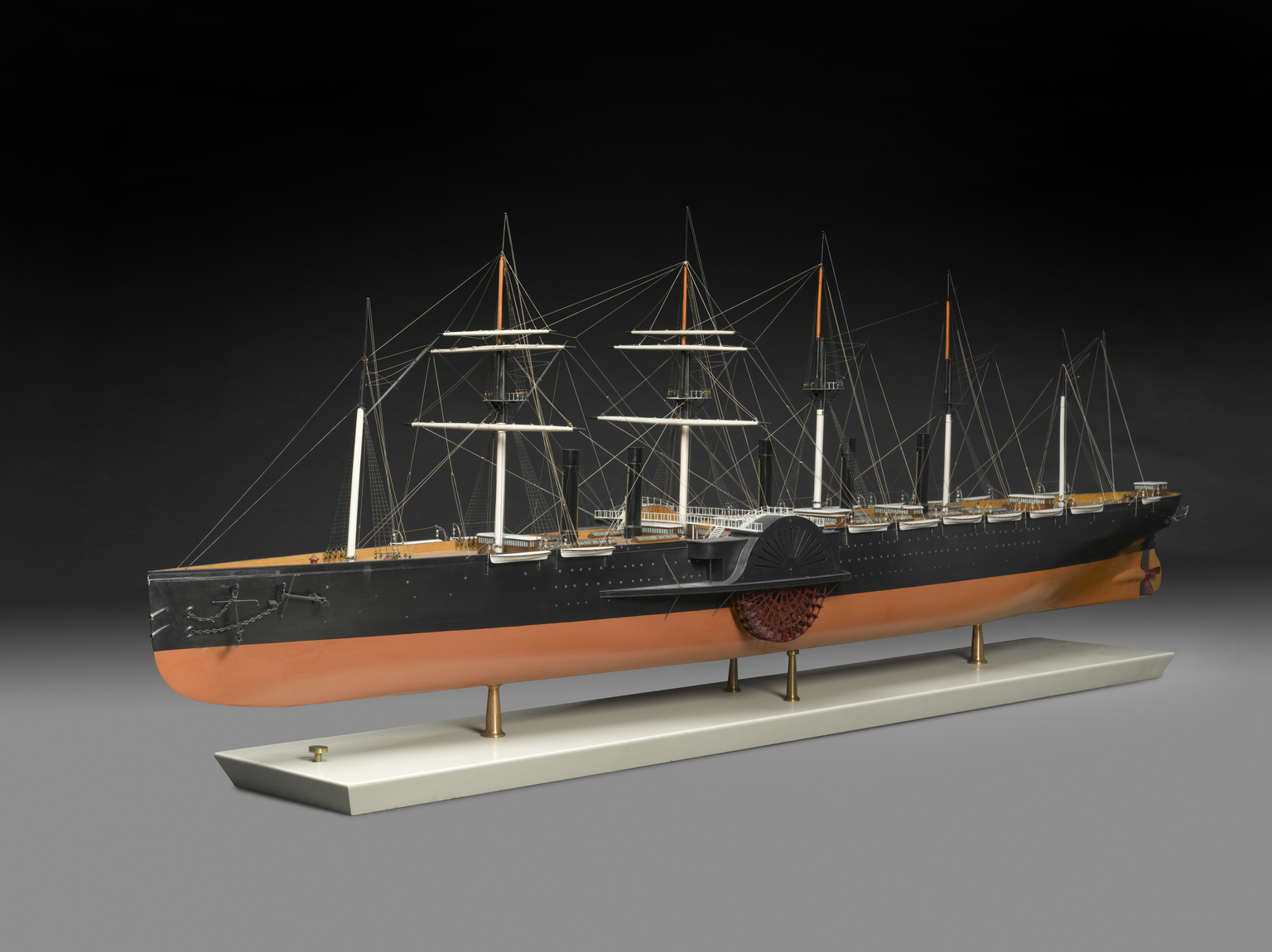At the Blythe House object store in west London, over 50 colleagues are working hard to study, record, digitise, pack and transport over 300,000 incredible items from the Science Museum Group Collection to their new home at the National Collections Centre in Wiltshire.
This blog series goes behind the scenes with the teams making this ambitious project happen.
As a conservator on this project, my colleague Kay and I work alongside other members of the team to prepare thousands of objects for their move to the National Collections Centre in Wiltshire.
Unlike other colleagues in the conservation team we are not conserving objects for display, but rather stabilising them for movement. So our conservation work is often hidden, but just as important.
We usually work with objects for one of two reasons. Either because the objects are flagged to us by the Hazards team as being potentially hazardous and requiring treating to make them safe to be transported, or because they are structurally unstable and need conservation before they can be moved.
The Hazards and Inventory teams are the first to study the objects for this project. Since they started last year, the teams have studied over 100,000 objects, which is incredible. The record for each object is updated in our database (some of this information can be seen in the object pages from our online collection).
From this information we create a list of items that have been flagged and need looking at in more depth. We visually assess each object, deciding which treatment would be best for the object or if instead it could be carefully packed and safely transported instead.

For example the tape on the metal record canisters (above) required stabilisation, whereas the microscope case, though broken can be safely packed.

As conservators for the project, we have adopted a minimal intervention approach. This means we are carrying out enough treatment so the objects are stable for the move to their new home at the National Collections Centre.
Usually this means we improve the condition of the object through consolidation or repair, but we do not make them ‘display ready’. These items will often still look different from the bright and shiny objects you are used to seeing in museum display cases (you can see examples of conservation work for objects going on display here).


Once the conservation work has been carried out, these objects are returned to their shelf to wait for the packing team to carefully package them.
In some cases, objects that are especially fragile will be packed by the conservation team, using specialist mounts or materials to ensure they arrive safely at their new home. This may mean packing potentially hazardous material into specially designed crates or boxes, protecting objects from changes in temperature or humidity, or creating custom mounts to reduce vibration.
So far this project has given us the opportunity to interact with objects from across the Science Museum Group Collection and it is fantastic to work with such a broad and diverse collection, helping prepare for the move to its new home.
We’ve shared more of our work on Twitter. Click below to find out more.